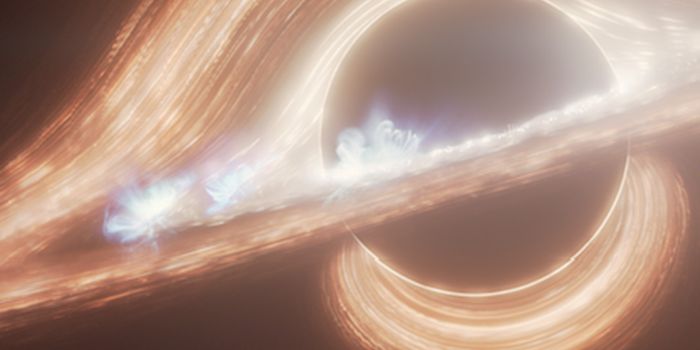Australian Bushfire Update
Devastating wildfires continue to ravage the continent of Australia. The report from BBC News below, which aired earlier this week, gives an encompassing update on the crisis.
In addition to the concerns surrounding humans and wildlife, misinformation circulating social media is also sounding alarms. To combat this issue, experts continue to speak out to clarify information. According to an article from PHYS, the bushfires have claimed the lives of at least 26 people. Additionally, more than 2,000 homes and nearly eight million hectares (80,000 kilometers)—about the size of Ireland—have been lost.
In New South Wales (NSW) and Victoria—two of the most densely populated regions—150 continued to burn even with cooler temperatures and rain earlier this week. According to PHYS, Victoria police minister Lisa Neville warned, “Don’t get complacent with the rain we’ve seen.” A heatwave is expected to set in soon, which will further exacerbate the dangerous situation.
According to Professor Chris Dickman of the University of Sydney, more than 800 million animals have been killed in NSW alone. He estimates a national loss of more than one billion animals. Professor Dickman told NPR reporters, “I think there’s nothing quite to compare with the devastation that’s going on over such a large area so quickly.” He continued, “It’s events like this that may well hasten the extinction process for a range of other species. So, it’s a very sad time.”
While some continue to debate about climate change’s role in this crisis, the cause is clear to scientists. Dr. Rachael Nolan—a member of the Fire Research Group at the Hawkesbury Institute for the Environment at Western Sydney University—detailed the conditions that led to the crisis of this magnitude. In an article from the University, Dr. Nolan cited the four pre-conditions as the presence of a fuel source (leaves, twigs, shrubs, etc.); the fuel being dry enough to burn; an ignition source (lightning strike); and weather conditions favorable to fire spread. In this case, the drought conditions throughout the continent created what Dr. Nolan calls “the perfect storm.”
Dr. Nolan also stated that this fire season is not yet over and typically extends to the end of February. She said, “only then, once fire severity mapping and post-fire field surveys are conducted, will we truly know the devastating impact of these fires.”
Sources: PHYS (1) (2), University of Sydney









